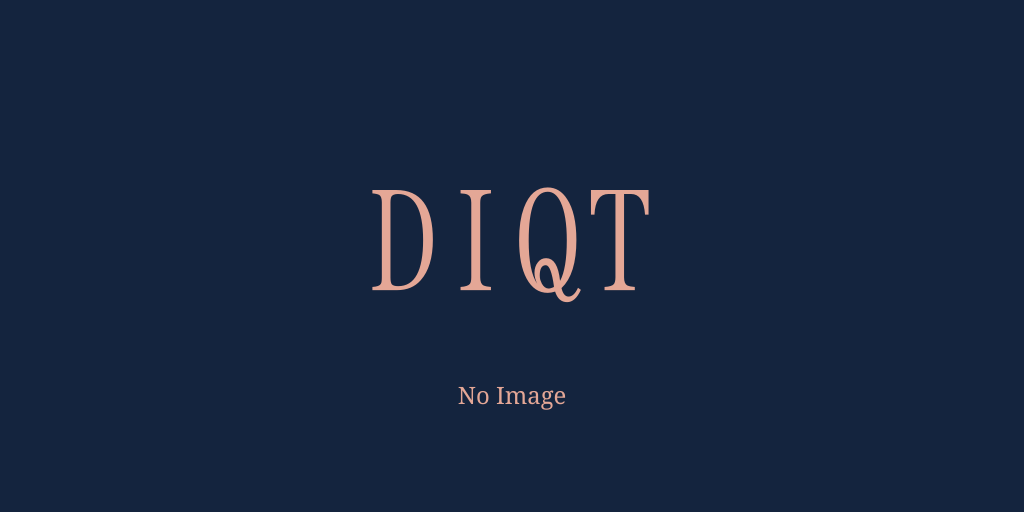最終更新日:2022/12/24
Given a set S of free generators
of a free group, let S⁻¹ be the set of inverses of the generators, which are in one-to-one correspondence with the generators (the two sets are disjoint), then let (S∪S⁻¹)* be the Kleene closure of the union of those two sets. For any string w in the Kleene closure let r(w) be its reduced form, obtained by cutting out any occurrences of the form xx⁻¹ or x⁻¹x where x∈S. Noting that r(r(w)) = r(w) for any string w, define an equivalence relation ∼ such that u∼v if and only if r(u)=r(v). Then let the underlying set of the free group generated by S be the quotient set (S∪S⁻¹)*/∼ and let its operator be concatenation followed by reduction.
編集履歴(0)
元となった例文
Given
a
set
S
of
"free
generators"
of
a
free
group,
let
S⁻¹
be
the
set
of
inverses
of
the
generators,
which
are
in
one-to-one
correspondence
with
the
generators
(the
two
sets
are
disjoint),
then
let
(S∪S⁻¹)^*
be
the
Kleene
closure
of
the
union
of
those
two
sets.
For
any
string
w
in
the
Kleene
closure
let
r(w)
be
its
reduced
form,
obtained
by
cutting
out
any
occurrences
of
the
form
xx⁻¹
or
x⁻¹x
where
x∈S.
Noting
that
r(r(w))
=
r(w)
for
any
string
w,
define
an
equivalence
relation
∼
such
that
u∼v
if
and
only
if
r(u)=r(v).
Then
let
the
underlying
set
of
the
free
group
generated
by
S
be
the
quotient
set
(S∪S⁻¹)^*/∼
and
let
its
operator
be
concatenation
followed
by
reduction.





